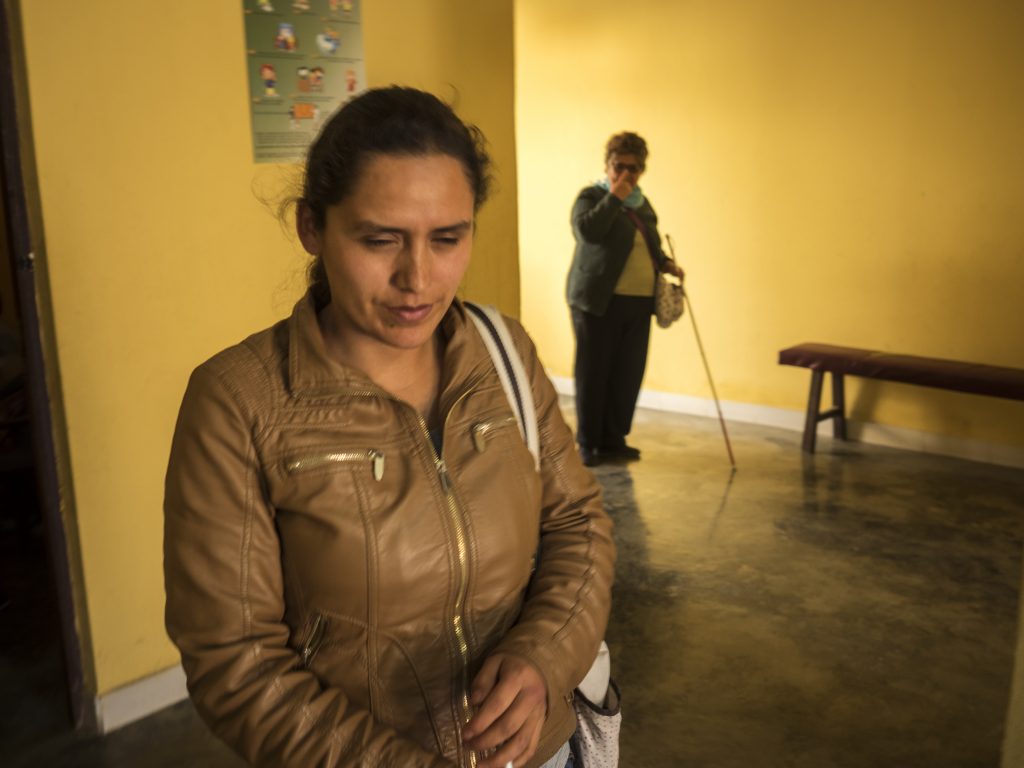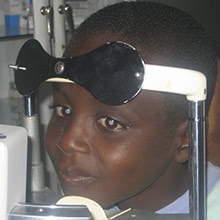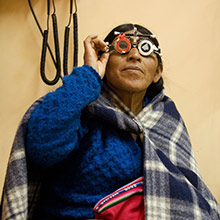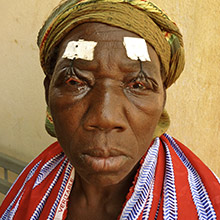The World Health Organization estimates that four and a half million people are blind due to glaucoma, which is the second cause of blindness in the world.
This term refers to different conditions characterized by alterations in the drainage of the eye fluid, with the resulting increase in intraocular pressure, optical nerve damage and loss of peripherical vision.
Glaucoma is asymptomatic in the early stages, which makes it difficult to diagnose, and therefore most patients are not aware of what they suffer until there has already been a great deterioration in vision.
Although the reasons that lead to develop glaucoma are not known, risk factors include intraocular pressure, family history or ethnicity, myopia or diabetes. It also has to do with age, since, although it affects people of all ages, those over 60 do so in a much larger proportion.
There are different types of glaucoma and depending on which, the treatment will be one or another. This condition cannot be cured and the lost vision is irreversible, although blindness can be prevented with medication or surgery.
Nowadays, the detection of glaucoma cases is generally opportunistic, and the detection processes vary greatly from one country to another. It is essential, therefore, to increase public awareness about glaucoma and the consequences of late diagnosis or inappropriate treatment. In developed countries, approximately 50% of all cases of glaucoma are not diagnosed, a figure that reaches 90% in developing countries.
Get to know Sara’s story

At the age of 20 and with a newly born baby girl, Sara Paez was suffering from headache and pain in one eye. An aggressive case of glaucoma left her blind in only three months. A year later she lost sight of the other eye in such an alarming way that Sara decided to travel from Tucumán, where she worked as a farmer and where she had been diagnosed with conjunctivitis, to Buenos Aires.
Nevertheless, after the operation, she became blind forever.
The family moved to Tarija (Bolivia) when they found out that there was a rehabilitation center. Her husband found a job as a bricklayer and Sara studies physiotherapy and according to her teachers, she is the number 1 student in class. This is not a coincidence. She wakes up every day at 4am to memorize the notes that she has taken in Braille and from 7am onwards she is engaged in households chores.
- The advantage is that I do not need to turn up the light –she jokes.
Sara knew how to read and write but had to learn the blind methodology to be able to study with her new condition. Due to the teachings of the Braille teacher at the High School, she is able to take notes at a high speed.



